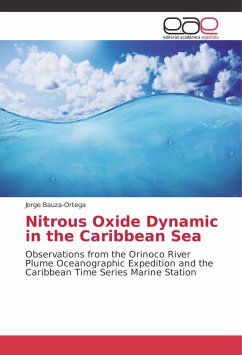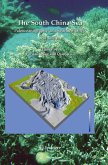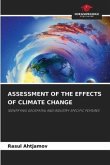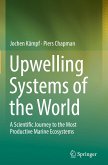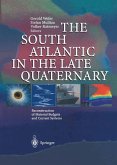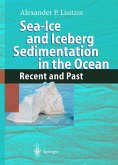Interest in environmental research of the nitrous oxide (N2O) gas arises from the discovery that N2O catalyzes the destruction of the ozone layer in the stratosphere and is responsible for about 5 % of the global greenhouse effect. Recently, interest gained in the role of marginal seas as sources of nitrous oxide has also increased due to the proximity of these systems to coastal antropogenic activity. A potential outcome of this phenomenon is an increase in near-surfaces nitrous oxide production turning marginal and coastal seas developing into prospective hot spot areas. Thus, is important to establish base-line information that will be useful to monitor alteration in the nitrogen cycle and N2O production over the lapse of time. In this regard, observations are hereby presented compiled on the spatial and temporal distribution of dissolve nitrous oxide, production rates, and sea-air exchange in the Eastern Caribbean Sea. Furthermore, a comprehensive review of the nitrous oxide early history, past studies performed in the ocean, and methods employed to study the dynamic of nitrous oxide in aquatic marine systems are presented.
Bitte wählen Sie Ihr Anliegen aus.
Rechnungen
Retourenschein anfordern
Bestellstatus
Storno

